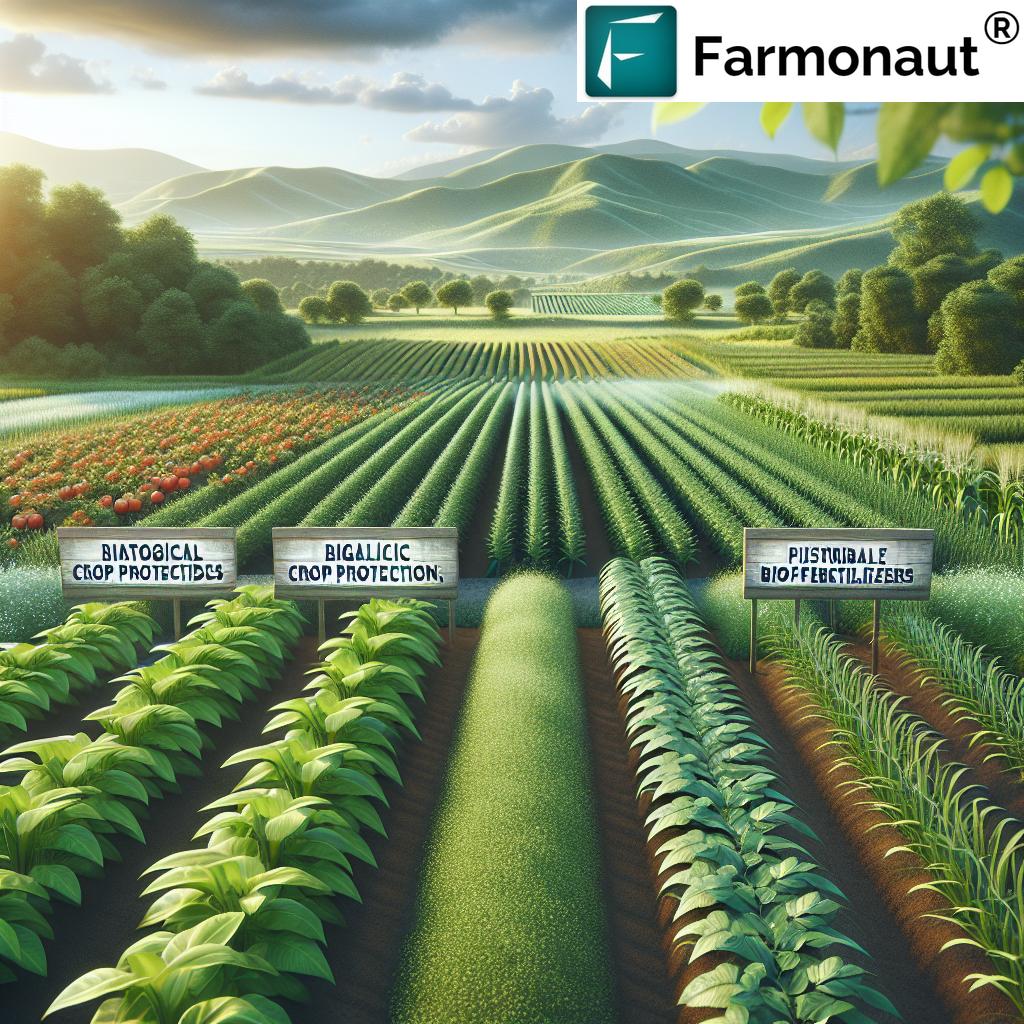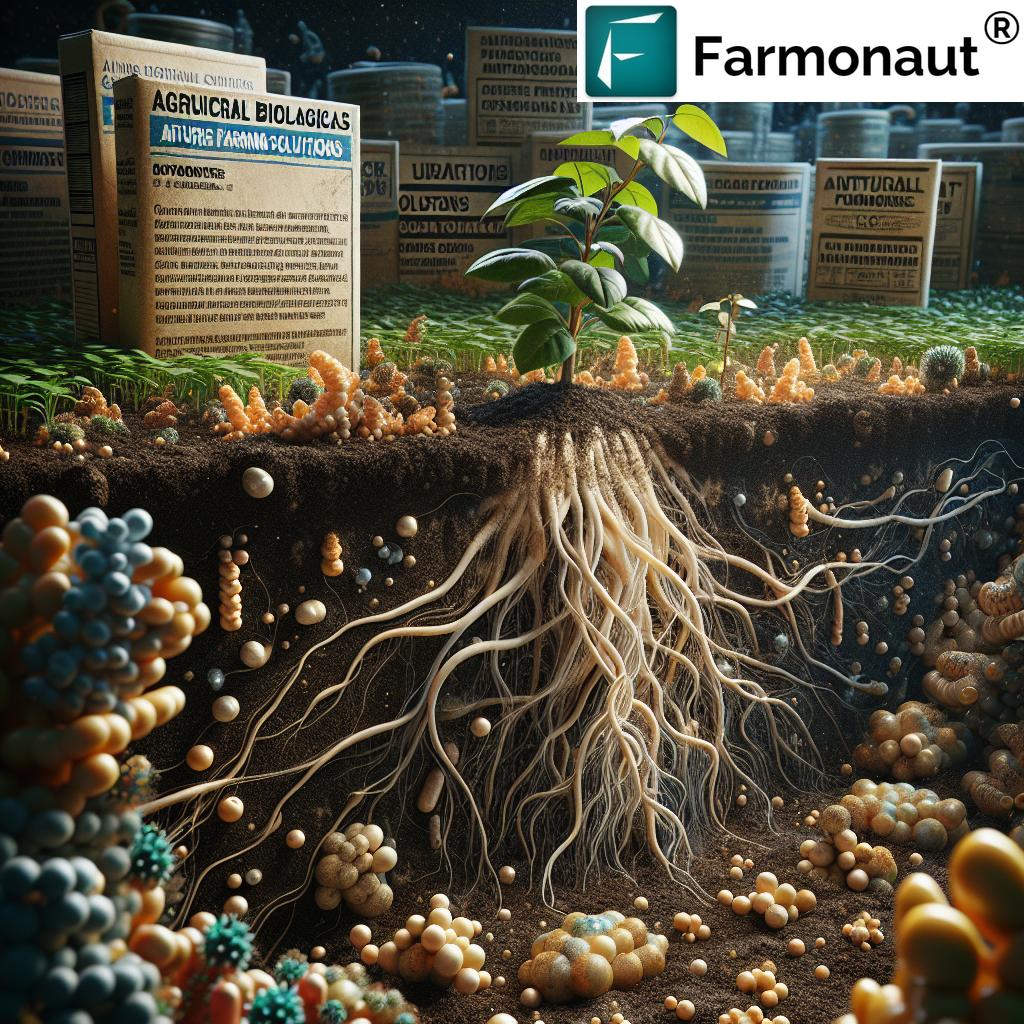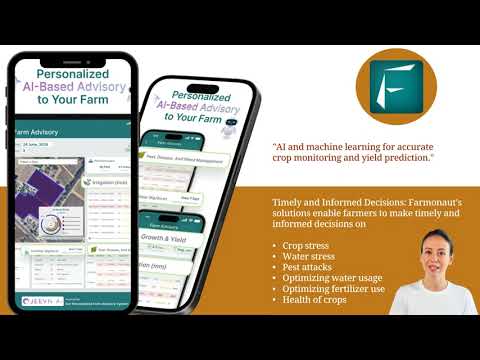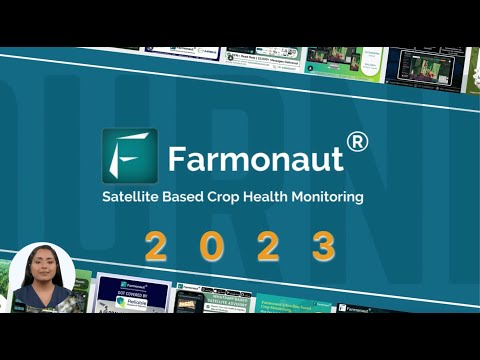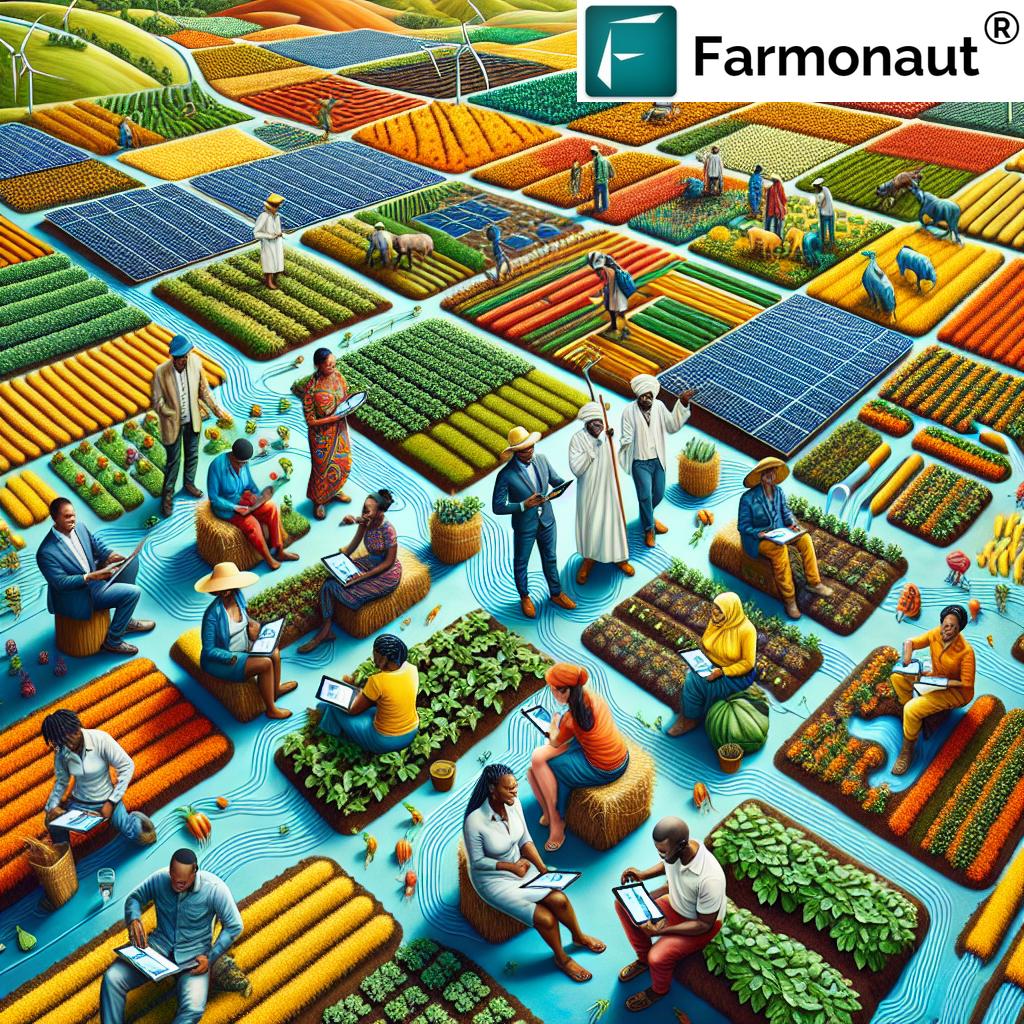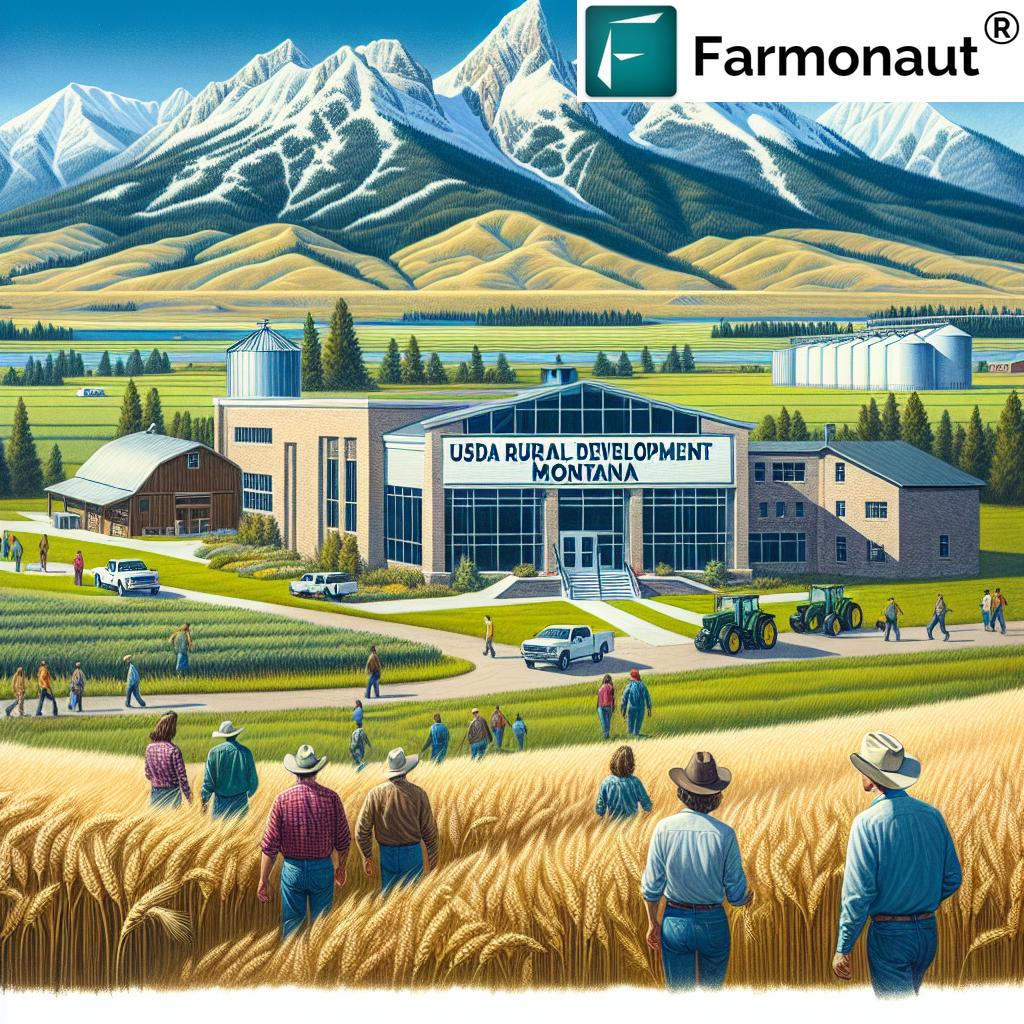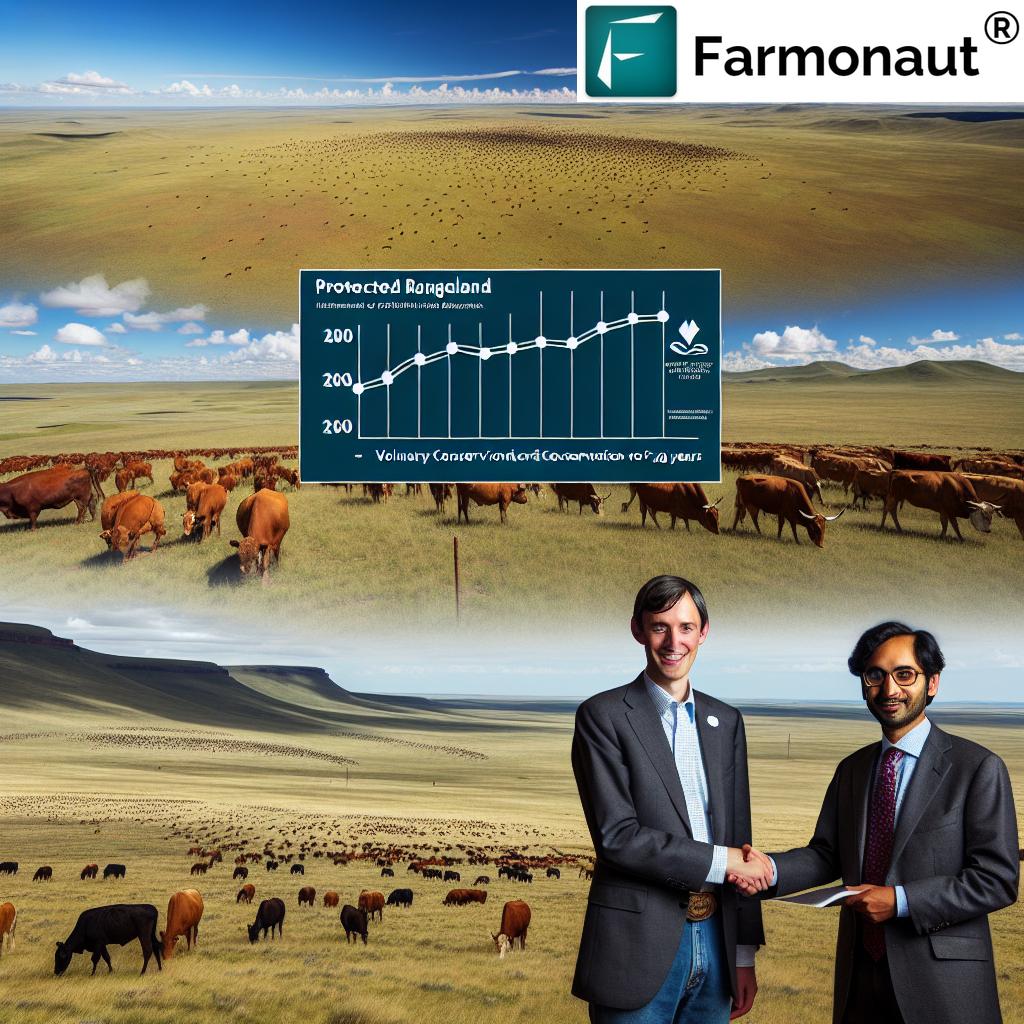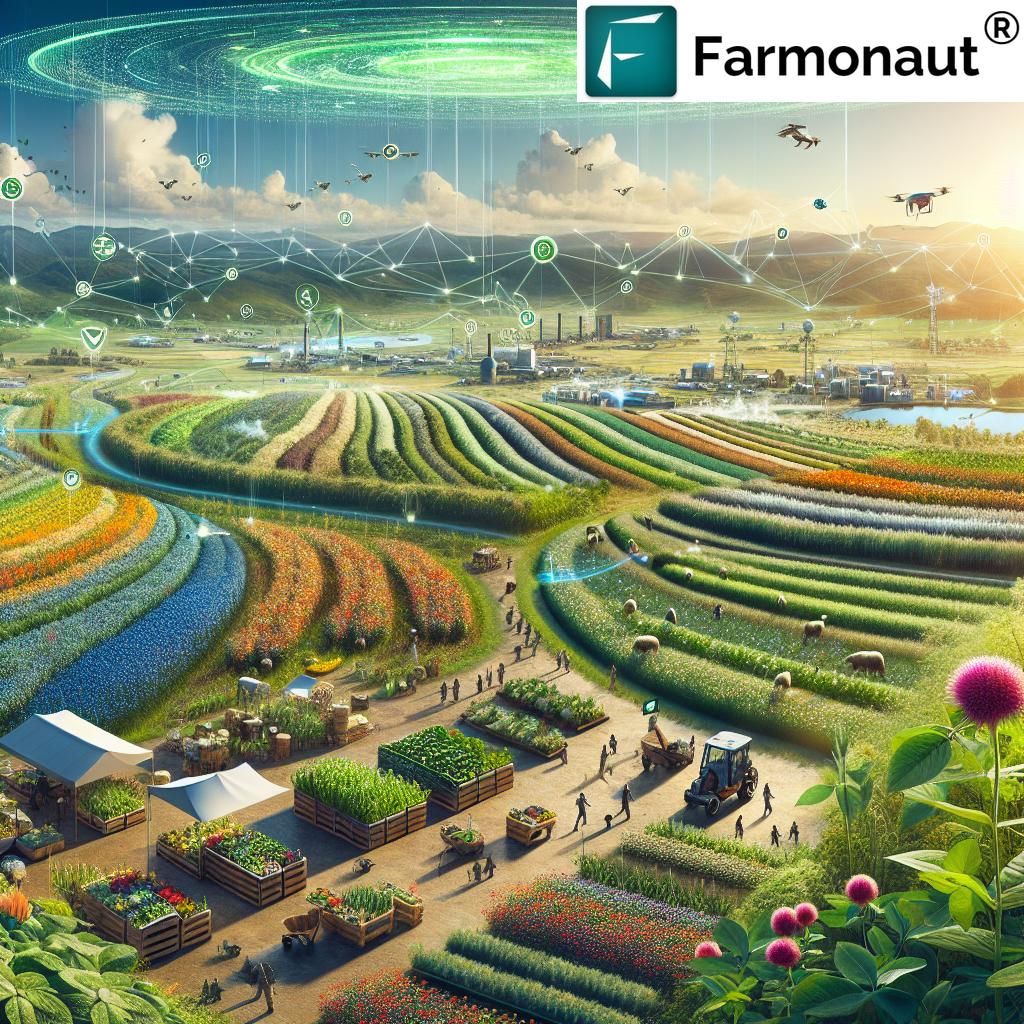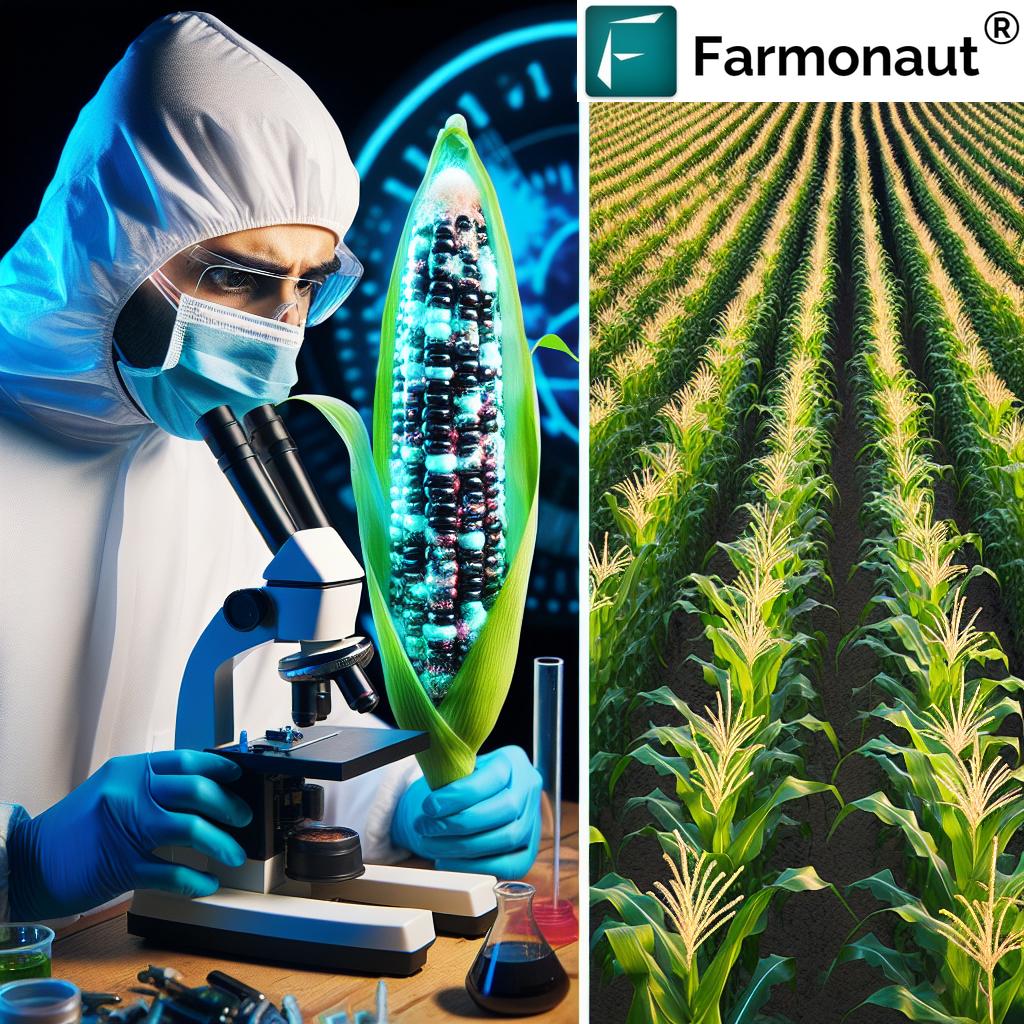“The agricultural biologicals market is projected to surpass $20 billion globally by 2024, reflecting rapid adoption of sustainable solutions.”
Agricultural Biologicals Market Booms: Shocking 2024 Growth!
1. Introduction: The Agricultural Biologicals Market Landscape
2. Market Overview & Key Segments
3. Regional Insights: North America, Europe, and Asia-Pacific
4. Key Drivers Powering Market Growth
5. Persistent Challenges Facing the Market
6. Advanced Biopesticides and Biological Crop Protection
7. Digital Transformation & Farmonaut’s Contributions
8. Agricultural Biologicals Market Segmentation & Growth Table
9. Future Outlook: Sustainable Agriculture in 2030 and Beyond
10. Frequently Asked Questions
Introduction: The Agricultural Biologicals Market Landscape
The agricultural biologicals market has emerged as a powerhouse in sustainable agriculture, offering farmers across the globe innovative, natural alternatives to chemical pesticides and fertilizers. In response to growing consumer demand for organic produce, environmental concerns, and rapidly evolving microbial and biological technology, this industry is decentralizing the future of crop protection, soil health, and farm management.
Created from a diversity of natural organisms and biological substances, these products include biopesticides, biofertilizers, biostimulants, and other advanced agents. Such organic farming solutions empower farmers with sustainable practices that not only meet stringent regulations but also enhance crop yield, quality, and soil resilience. As biologicals continue to gain traction, we witness a significant shift from synthetic chemical inputs toward environmentally friendly agricultural inputs.
In this comprehensive analysis, we will uncover the market’s major segments, explore regional growth trends, discuss the driving forces and challenges, and demonstrate how digital solutions—like those pioneered by Farmonaut—are revolutionizing organic agriculture on a global scale. Discover why 2024 is a momentous year in the biologicals landscape.
Market Overview & Key Segments
The agricultural biologicals market surpassed expectations in 2023 with an approximate valuation of $9.9 billion. What’s more impressive is its projected leap to $16.8 billion by 2030, reflecting a 7.2% CAGR (grandviewresearch.com). This tremendous growth is underpinned by the global shift toward sustainable agriculture products, the enforcement of stricter regulations on synthetic chemicals, and a profound rise in organic farming solutions.
Key Segments Driving the Agricultural Biologicals Market
-
Biopesticides:
- Represent the largest category, commanding 56.7% market share in 2023.
- These products leverage natural mechanisms—microorganisms, plant extracts, minerals—offering biological crop protection and diminishing the use of chemical pesticides.
-
Biofertilizers:
- Enhance soil fertility by introducing beneficial microorganisms that fix nitrogen, decompose organic matter, and increase nutrient uptake.
- Pivotal for improving soil quality and plant health with reduced reliance on synthetic fertilizers.
-
Biostimulants:
- Comprise natural substances or microorganisms such as humic acids, seaweed extracts, or beneficial bacteria.
- Used to enhance plant resilience, root growth, and nutrient absorption — indispensable for elevating crop yield and quality.
Explore digital strategies for managing crops, optimizing resources, and monitoring sustainability through:
- Carbon Footprinting: Track and reduce your farm’s carbon emissions with Farmonaut to support sustainable agriculture. Make data-driven choices for environmentally friendly agriculture and regulatory compliance.
- Product Traceability: Guarantee the origin, journey, and organic compliance of your agricultural produce using blockchain-powered transparency. Enhance consumer trust and meet global market standards.
- Crop Loan & Insurance Solutions: Facilitate satellite-based verification for secure agricultural loans and crop insurance, increasing access and reducing fraud risks for farmers.
- Large Scale Farm Management: Efficiently oversee plantations and broad-acre farming with Farmonaut’s tools, boosting productivity and resource efficiency.
“Biopesticides now account for over 15% of crop protection products, driving eco-friendly practices in organic agriculture.”
Regional Insights: Booming Growth Across Continents
While the global agricultural biologicals market drives a worldwide movement for organic farming solutions, adoption patterns vary across regions due to regulatory frameworks, consumer demand, climate, and government incentives. Here, we spotlight the leading and fastest-growing regions—the United States, Europe, and Asia-Pacific (especially China and India).
-
North America (United States):
- The United States spearheads the market’s expansion, underpinned by stringent regulations against synthetic pesticides and fertilizers.
- 2023 saw a 2.6% surge in organic produce sales, totaling $20.5 billion, with fruits and vegetables accounting for 15% of total sales (imarcgroup.com).
- Farmer awareness campaigns and robust research infrastructure accelerate adoption of cutting-edge biologicals.
-
Europe:
- Europe experiences the fastest market acceleration, supported by governmental sustainability agendas like the EU Farm to Fork Strategy and Green Deal (straitsresearch.com).
- The EU aims to halve the use of chemical pesticides by 2030, stimulating rapid integration of biopesticides and biofertilizers.
- Consumer orientation toward eco-labeled organic products fosters industry innovation.
-
Asia-Pacific (China & India):
- Home to the world’s largest populations and arable lands, these regions are vital for market expansion.
- Policies from the governments of China and India drive adoption via subsidies, biotech cultivation initiatives, and rural revitalization campaigns (straitsresearch.com).
- Increasing push for sustainable agriculture products to overcome environmental and soil degradation challenges.
Key Drivers Powering Agricultural Biologicals Market Growth
We’ve entered an age where environmental concerns, organic food demand, and smart technology in agriculture are driving historic momentum in biological products. Here are the principal forces:
-
Consumer Demand for Organic Produce
- Increasingly discerning consumers insist on produce cultivated without synthetic chemical substances.
- Surging demand for fruits, vegetables, and grains certified as organic propels the expansion of biologicals in both advanced and emerging markets (imarcgroup.com).
-
Environmental Concerns and Regulatory Pressures
- Nations worldwide are intensifying laws restricting chemical pesticides due to pollution, soil degradation, and public health hazards.
- Biologicals offer natural pest and disease management with minimal negative impact on soil, water, and surrounding organisms (verifiedmarketreports.com).
-
Advancements in Microbial Technology in Agriculture
- Modern research and technology have produced microbes and bio-agents tailored for superior results in varied soil and crop environments.
- This enables scalable, high-efficacy deployment of biologicals for mainstream and niche farming operations.
If you are a researcher, agritech professional, or policy maker, check out Farmonaut’s API for programmatic access to satellite crop insights. Developers will find integration details at the Farmonaut Satellite Weather API Developer Docs.
Persistent Challenges Facing Expansion
The rapid ascent of the agricultural biologicals market brings enormous promise—but also notable challenges that require persistent, collaborative solutions:
-
Regulatory Hurdles and Product Approval Delays
- Complex, region-specific approval procedures slow the availability of innovative biological products worldwide (credenceresearch.com).
-
High Production Costs
- Biologicals often require sophisticated technology and strict quality controls during manufacturing—making them more expensive than conventional agrochemicals, at least initially.
-
Limited Awareness Among Farmers
- In many developing regions, smallholders lack access to both education and trustworthy demonstrations of biological efficacy (marketsandmarkets.com).
-
Efficacy Variability Linked to Environmental Conditions
- The performance of biological inputs can be inconsistent, as they’re highly responsive to local factors like soil composition, pH, temperature, and humidity (verifiedmarketreports.com).
To tackle these hurdles, digital tools that provide localized crop and soil insights—like those powered by satellite technology and AI—are proving essential for farmer education and risk management.
Advanced Biopesticides and Biological Crop Protection: The New Generation
The latest advancements in biopesticides and biofertilizers are setting unprecedented standards for biological crop protection and plant health. Let’s break down why these alternatives to chemical pesticides are at the core of sustainable agriculture’s future:
Biopesticides: Expanding Their Market Share
- Natural organisms—fungi, bacteria, viruses, or botanicals—are formulated to control pests and disease without harming beneficial organisms (pollinators, natural predators).
- Types include microbial biopesticides (e.g., Bacillus thuringiensis), bio-derived insecticides, and botanical repellents.
- Used widely for organic fruits and vegetables where strict pesticide residue limits exist.
Biofertilizers: Nurturing Soil Health and Plant Nutrition
- Biofertilizers enlist beneficial microorganisms to fix atmospheric nitrogen, solubilize phosphorus, and accelerate organic matter decomposition.
- This improves soil structure, water holding capacity, and crop resilience, reducing the need for synthetic fertilizers—ultimately supporting profitable, sustainable farming.
Biostimulants for Plant Growth: Boosting Crop Yields
- This segment includes a broad range of products (seaweed extracts, amino acids, humic substances) that enhance plants’ root development, nutrient absorption, and stress tolerance.
- Widely adopted in regions with unpredictable weather, poor soils, or disease-prone crops for higher yields and superior quality.
By integrating biopesticides and biofertilizers with modern decision-support tools, farmers can achieve robust, organic farming solutions that elevate profitability and sustainability at every stage.
Digital Transformation & Farmonaut’s Impact in Biological Crop Management
The next frontier in the agricultural biologicals market is smart, data-driven management. At Farmonaut, our vision is to make precision agriculture affordable and accessible to everyone—enabling both smallholder and industrial farmers to leverage the full power of satellite technology, AI, and blockchain for:
- Real-time Crop Health Monitoring: Our satellite-based platform uses multispectral imagery to detect vegetation index (NDVI), soil moisture, and disease stress, empowering rapid intervention (disease management, resource optimization).
- AI-Based Advisory Systems (Jeevn AI): Personalized, actionable insights guide farmers in making the best decisions for biological inputs, irrigation, and pest control, maximizing yield and minimizing environmental impact.
- Blockchain Product Traceability: Every stage—planting, input use, harvesting, and shipping—can be logged securely for traceability. This is essential for organic and export markets.
- Fleet and Resource Management: Massive farm operations can optimize logistics, reduce costs, and improve safety with Farmonaut’s advanced Fleet Management Solutions.
- Carbon Footprinting: Measure up-to-date emissions, reduce your carbon footprint (learn more here), and open new market opportunities for climate-positive agriculture.
Our platform is available on web, Android, and iOS for flexible farm management. Developers and businesses can also integrate Farmonaut’s weather and satellite data into their own systems using our API and developer documentation.
To ensure transparency and sustainability, Farmonaut Product Traceability uses blockchain to assure the journey and integrity of crops—essential for meeting stringent global standards in organic produce supply chains.
To facilitate easy adoption, we operate a scalable, subscription-based business model. Check our latest pricing below:
Bringing precision agriculture and advanced farm management to every user is at the core of our mission—empowering agricultural ecosystems worldwide.
Agricultural Biologicals Market Segmentation & Growth Table
| Segment | Estimated 2024 Market Size (USD Billion) | Projected Growth Rate (%) | Key Sustainable Benefit | Leading Regions |
|---|---|---|---|---|
| Biopesticides | ~$11.5 | 7.5 | Reduces chemical pesticide use, lowers environmental footprint | North America, Europe, Asia-Pacific |
| Biofertilizers | ~$4.2 | 7.0 | Improves soil health and crop nutrition | Asia-Pacific, Latin America, Europe |
| Biostimulants | ~$3.0 | 7.4 | Enhances plant growth, stress resilience, and yield | Europe, North America |
This comparative table highlights the rapid expansion of biopesticides, biofertilizers, and biostimulants in 2024, alongside their distinct environmental benefits and dominant regional markets. It underlines the diverse options available for biological crop protection and sustainable agriculture.
Future Outlook: Sustainable Agriculture Market in 2030 and Beyond
All signs indicate that the agricultural biologicals market will continue driving the paradigm shift toward environmentally friendly agricultural inputs. Key trends we foresee through 2030 include:
- Continued scaling of biological crop protection in all major regions, especially the United States, Europe, China, and India.
- Acceleration of biopesticides and biofertilizers adoption for high-value fruits and vegetables, export crops, and certified organic produce.
- Significant advancements in microbial technology—including gene editing, precision delivery, and adaptive bio-formulations—improving efficacy, affordability, and crop-specific applications.
- Deployment of AI-powered digital tools (satellite monitoring, blockchain for traceability, carbon tracking) to support hands-on farmer education and real-time farm management.
- Stronger government support, subsidies, and certification programs making sustainable agriculture mainstream across both developed and emerging markets.
Frequently Asked Questions (FAQs)
What are agricultural biologicals?
Agricultural biologicals are products derived from natural organisms or substances, including biopesticides, biofertilizers, and biostimulants, designed to enhance crop health, protect against pests and diseases, and improve plant resilience—all while supporting sustainable and organic farming solutions.
How do biopesticides differ from chemical pesticides?
Biopesticides utilize living organisms (like bacteria, fungi, or beneficial insects) or their derivatives to control crop pests and diseases naturally. They offer a safer, eco-friendly alternative to chemical pesticides, with reduced toxicity for non-target species and minimal environmental impact.
What is the impact of biologicals on soil health?
Biofertilizers and certain biostimulants introduce or activate microorganisms in the soil, enhancing nutrient cycling, improving structure, increasing organic matter, and making plants more resilient—even in suboptimal conditions.
Are agricultural biologicals viable for large-scale farming?
Absolutely. With the support of digital tools like Farmonaut’s satellite-based crop monitoring, even large-acre industrial farms can adopt biological crop protection and sustainable management practices at scale—often reducing input costs and boosting production efficiency.
What role does Farmonaut play in the biologicals ecosystem?
Farmonaut provides advanced tools—real-time crop health tracking, resource optimization, blockchain traceability, and carbon footprint analytics—that empower both smallholder and commercial farmers to integrate agricultural biologicals effectively for maximum yield and sustainability.
How can I get started with Farmonaut’s digital solutions?
Download our web, Android, or iOS app, explore our large-scale farm management product, or let your IT team integrate satellite data using our API. Full developer documentation is available here.
What is microbial technology in agriculture?
Microbial technology in agriculture involves leveraging beneficial bacteria, fungi, and other microbes to enhance plant growth, promote soil health, suppress pests and diseases, and increase nutrient availability. These technologies form the backbone of advanced biologicals.
To summarize, the agricultural biologicals market is set for historic growth in 2024 and beyond. The convergence of sustainable agriculture products, organic farming solutions, consumer preference, and digital transformation will fuel both environmental stewardship and farm profitability across all regions. As innovators like Farmonaut make advanced agri-technology accessible to every stakeholder, we are collectively advancing a greener, healthier, and more productive future for global agriculture.
Ready to take your farm management to the next level? Try Farmonaut’s platform today or integrate our API for a data-driven, sustainable approach to farming!





